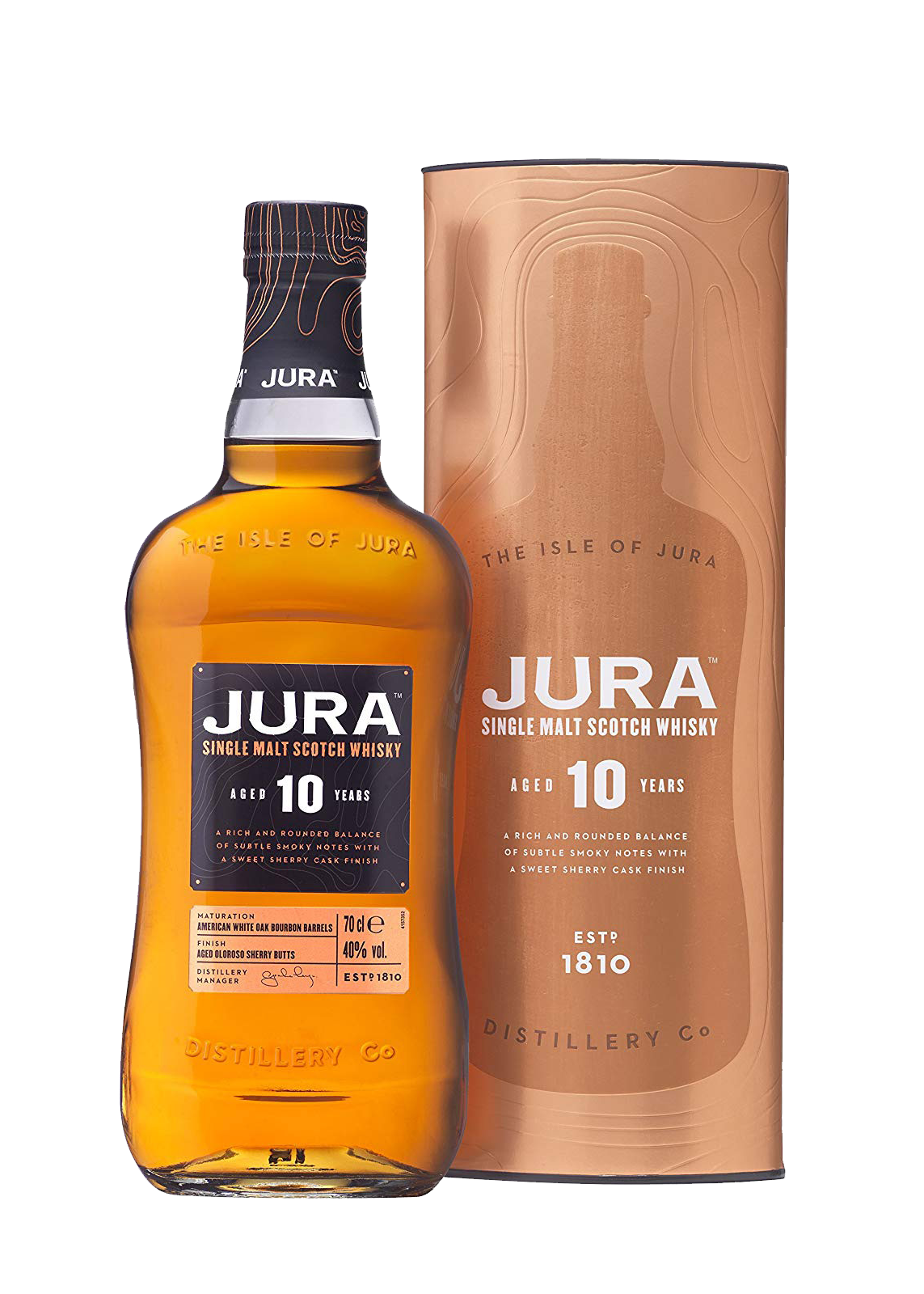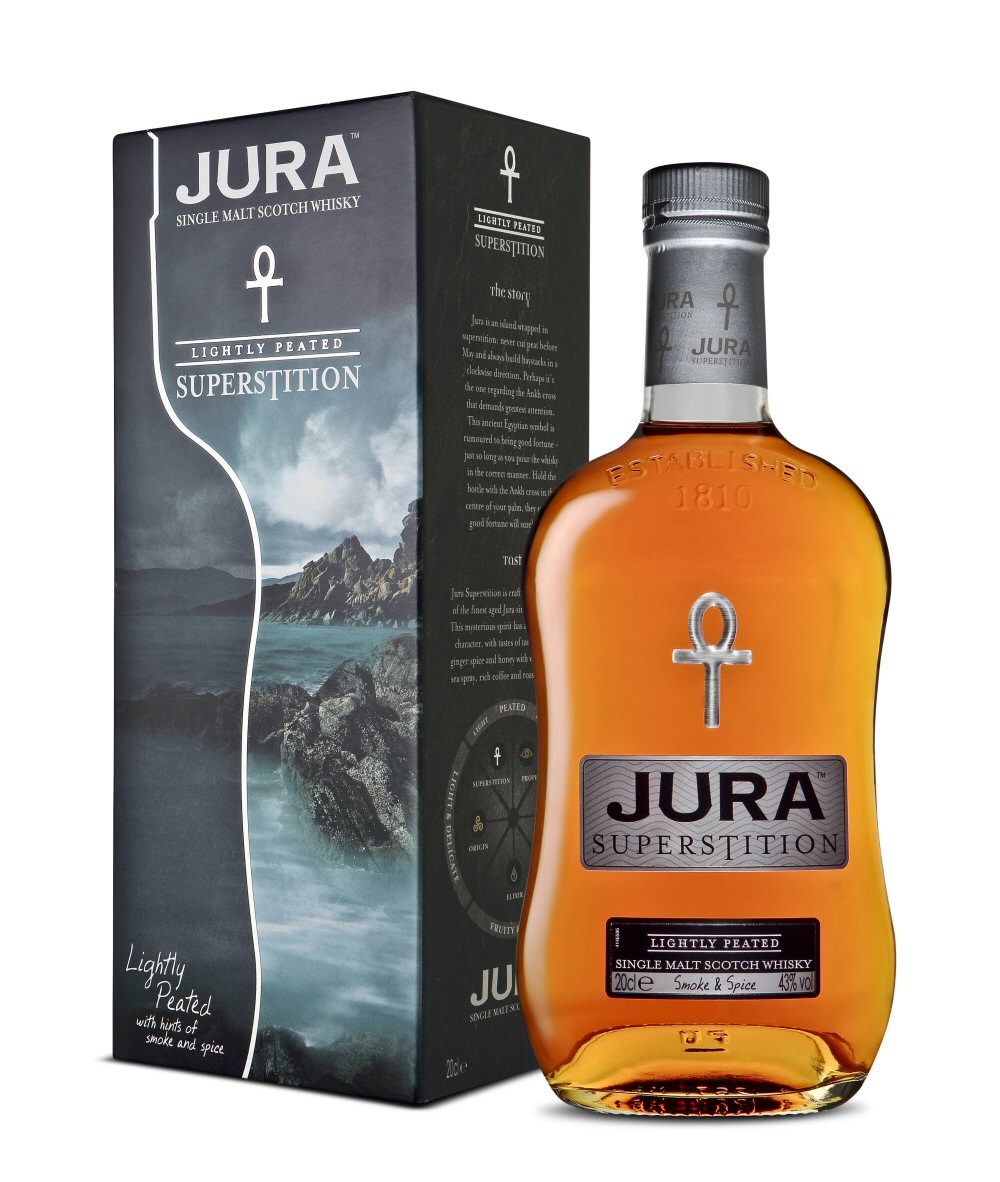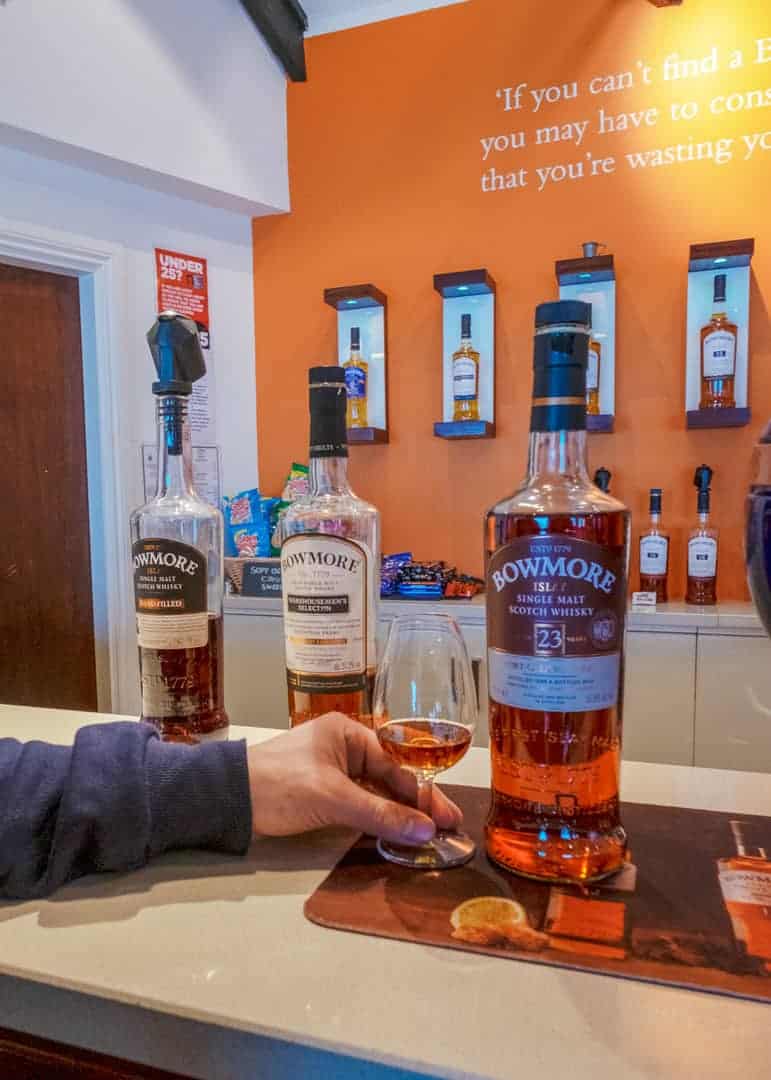


Despite the renowned quality of the whisky, people wanted a uniform message coming from the distillery. In the ’60s we went unpeated for a while-trying to be different from our neighbors.” For decades they produced a core range that focused on sweet whisky without smoke-they offering some core products with peat and occasionally offering limited edition peated products. Rachel Jones, Jura Distillery Visitor Centre Manager (a role that has required her to build an expertise in the brand’s history) shares with us, “In the very old days, we produced a peated spirit. Since the relaunch in 1963, these factors have led to predominantly lighter and sweeter whiskies-a noticeable departure from what one associates with spirits from Scottish islands. Finally, their copper stills are the second tallest in Scotland, and the tallest of any island distillery. (This is limited by the load the ferry can take.) Their water source, Market Loch, draws from four springs and the resplendent rain. The distillery pulls in about 26 tons of barley from eastern Scotland every day. Today, the distillery acts as the largest employer on Jura and produces a suite of phenomenal single malts that recently got a substantial overhaul themselves.Ī few things have made-and continue to make-the whisky distinct. The distillery stopped production in 1901, only to resume in 1963 after ample refurbishment. The island was gifted to the Campbell family in 1666, and that same family would build its well-known distillery come 1810.

One single-lane road cuts up the interior coast of the island-the one angled toward Scotland. Roughly 212 people occupy the verdant island-with almost 5,000 red deer (and around 8,000 tourists each year) filling out the land. But, for all the tumult, there’s nothing quite so satisfying as arriving into one village in particular: Craighouse, defined by the Jura Single Malt Scotch Whisky distillery and the Jura Hotel and pub. Private boat charters are available, though, even in choppy waters. To get to Jura, one must fly via prop-plane to Islay, its famous neighboring island, and then ferry the rest of the way. As does travel reliability in non-summer months. It does, however, carry the exclusive honor of being acknowledged by author George Orwell as the “most un-get-at-able place.” (Orwell spent much time on the island, in a very remote cottage, while working on 1984.) The frequently shifting climate and dramatic topography contribute to this reputation. The Isle of Jura isn’t the only Scottish island with conditions that stoke the imagination into believing one stands somewhere near the end of the earth.


 0 kommentar(er)
0 kommentar(er)
